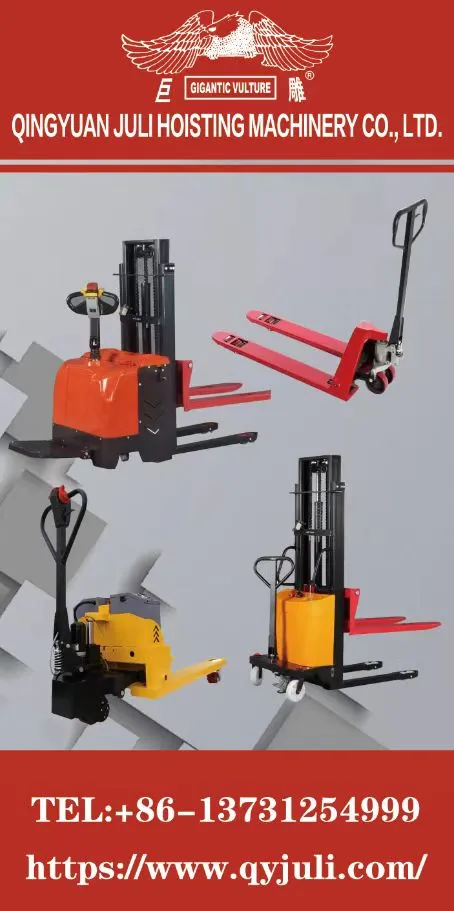


Fall Protection Frequently Asked Questions
Fall protection is a critical component of workplace safety, especially in industries like construction, manufacturing, and warehousing. With falls being a leading cause of injuries and fatalities, understanding fall protection can save lives and prevent accidents. This article addresses some frequently asked questions regarding fall protection to help workers and employers enhance safety protocols.
What is fall protection?
Fall protection refers to systems and measures developed to prevent workers from falling from heights or to minimize the consequences of a fall. These systems can include guardrails, safety nets, personal fall arrest systems, and other control measures designed to keep workers safe while working on elevated surfaces or at heights.
Why is fall protection necessary?
Falls can lead to severe injuries or even fatalities. According to the Occupational Safety and Health Administration (OSHA), falls account for a significant percentage of workplace fatalities. Implementing fall protection measures is essential not only for legal compliance but also for protecting workers' health and well-being. By investing in fall protection, companies foster a safer working environment and promote a culture of safety that benefits everyone.
When is fall protection required?
OSHA mandates fall protection when a worker is at risk of falling six feet in the construction industry or four feet in general industry settings. Additionally, if a worker is on a walking-working surface with an unprotected edge that could lead to a fall, fall protection must be in place. Employers are responsible for assessing the workplace and determining when and where fall protection is needed.
What types of fall protection systems are available?
There are several types of fall protection systems available, including
1. Guardrails Railings that create a barrier to prevent workers from falling off elevated surfaces. 2. Safety Nets Nets positioned below the work area to catch falling workers or materials.
3. Personal Fall Arrest Systems (PFAS) Harnesses and lanyards worn by workers that arrest a fall and minimize the distance and impact of the fall.
4. Anchor Points Fixed points to which fall arrest systems can be connected, providing a secure attachment for safety harnesses.
5. Ladders and Scaffolding Properly constructed equipment designed to provide safe access to elevated areas.
Each type of system has specific applications and requirements, so it’s essential to select the right one based on the work environment and task at hand.
How can employers ensure compliance with fall protection regulations?

To ensure compliance with fall protection regulations, employers should
2. Perform Risk Assessments Regularly assess the workplace for fall hazards and ensure that appropriate fall protection measures are in place.
3. Implement a Fall Protection Plan Develop and maintain a fall protection plan that outlines procedures, equipment, and training necessary to protect workers from falls.
4. Provide Proper Equipment Supply workers with appropriate fall protection equipment that is regularly inspected and maintained.
5. Encourage Reporting Foster an environment where employees feel comfortable reporting unsafe conditions or practices without fear of retaliation.
What should workers know about using fall protection equipment?
Workers should be thoroughly trained on the proper use of fall protection equipment. Key points include
- Inspection Always inspect equipment before use for any signs of wear or damage.
- Correct Fit Ensure that harnesses and other equipment fit properly to provide maximum protection.
- Anchorage Know the location of anchor points and how to securely attach your fall protection system.
- Emergency Procedures Be familiar with emergency procedures and what to do in case of a fall.
By understanding the importance of fall protection, knowing their rights and responsibilities, and using the proper equipment, workers can contribute to a safer workplace.
Conclusion
Fall protection is a vital aspect of workplace safety, crucial for preventing injuries and fatalities. By addressing common questions regarding fall protection, both employers and employees can work together to create a safer working environment. Prioritizing safety not only protects workers but also enhances productivity and morale within the workplace.



